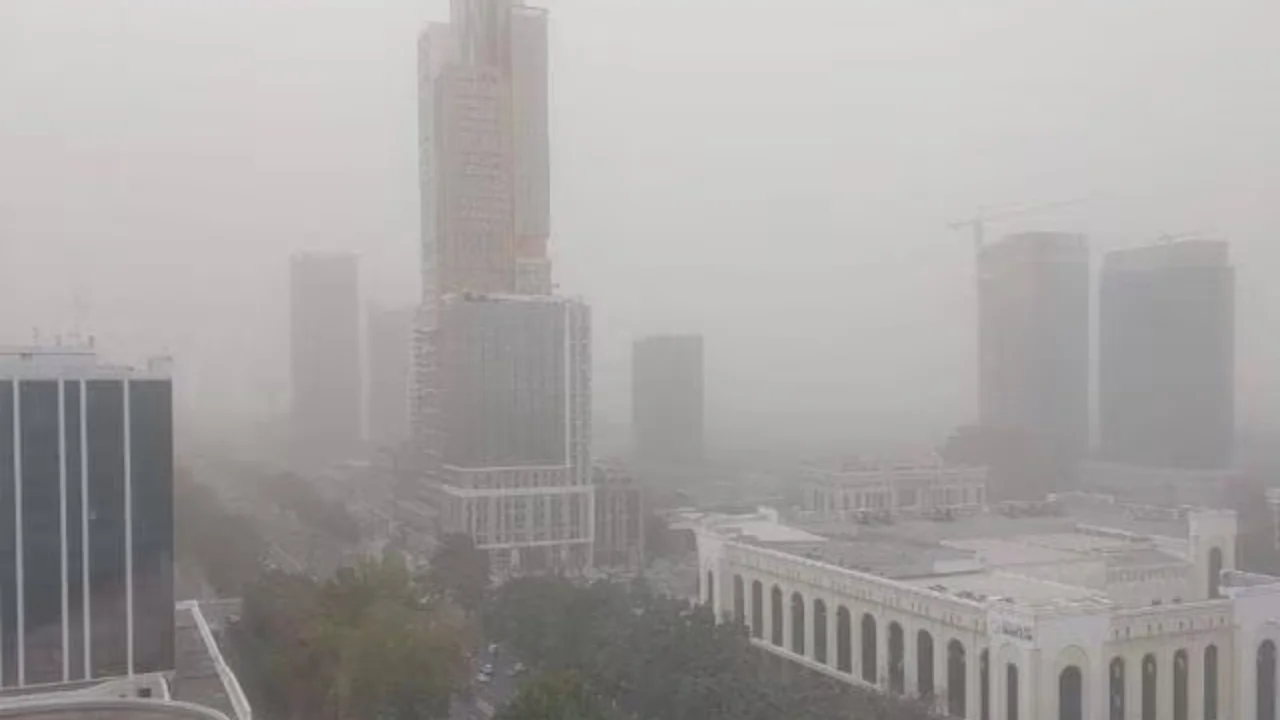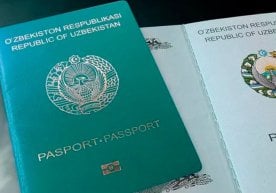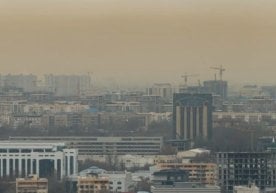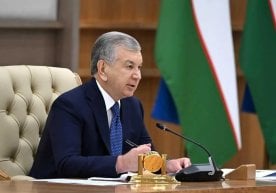
In recent days, discussions have intensified in Tashkent regarding the noticeable deterioration of air quality. The head of “Uzhydromet”, Sherzod Habibullayev, clarified the situation by explaining why air pollution has increased and when stabilization is expected. According to him, the simultaneous occurrence of several natural factors has further deepened the problem. Based on the agency’s observations, the situation is expected to gradually improve after November 24.
The main factor influencing the sharp pollution of the air is temperature inversion. In other words, cold air has settled near the ground, while warm air has remained in the upper layer, causing atmospheric layers to stop mixing. In such conditions, PM10 particles, which pose a threat to human health, accumulate in the lower layer and increase pollution levels. A similar situation is observed every year during the autumn-winter season in cities such as Almaty, Bishkek and Dushanbe.
The second factor is the near absence of precipitation. Since there has been almost no rainfall in Tashkent during November, the air has not been naturally cleaned, which has led to dust and soot particles remaining in the atmosphere for an extended time.
The third factor noted is increased dryness and natural dust. Uzbekistan is located in an arid climate zone, vegetation has decreased, and global warming has intensified — these factors contribute to the yearly growth of dust levels. This year, even on windless days, PM10 indicators have remained above normal.
Habibullayev emphasized that the situation is seasonal and temporary. He stated that all processes are under constant monitoring and that additional measures will be taken if necessary.
Read “Zamin” on Telegram!Users of Меҳмон are not allowed to comment this publication.













